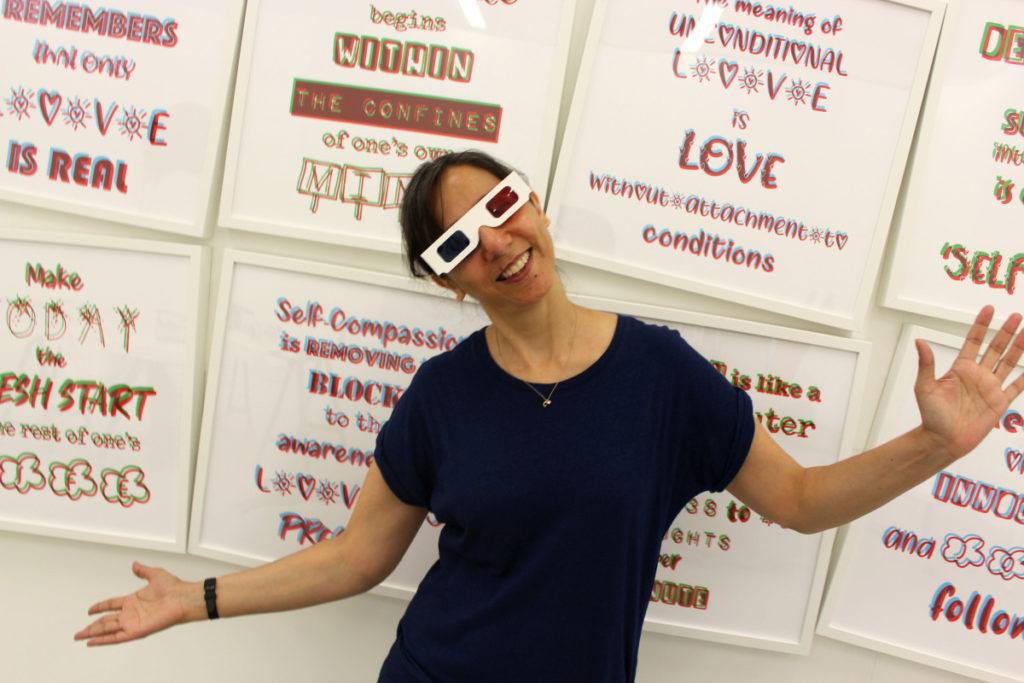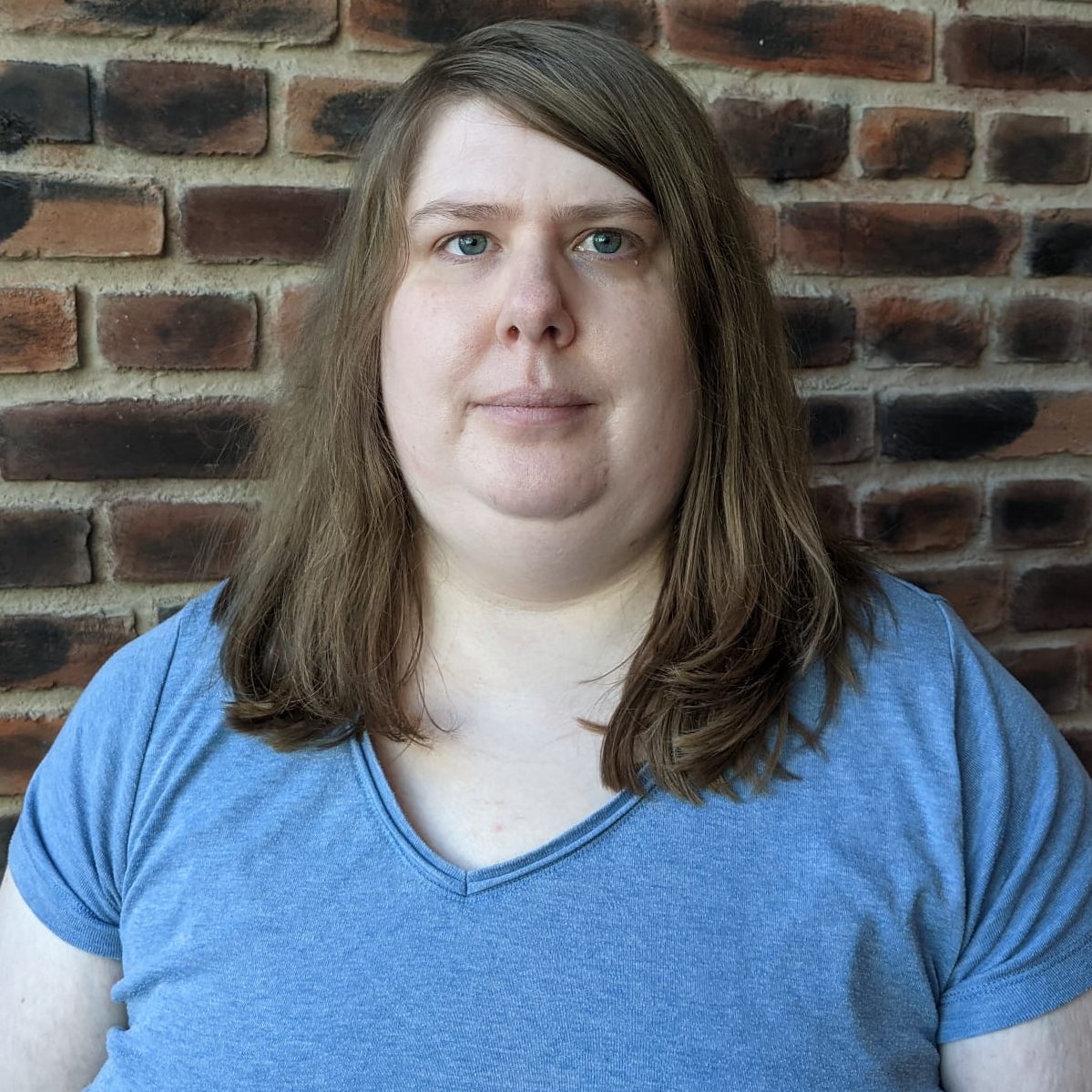What is the Social Model of Disability?

Featured Image by Anna Shvets, Pexels.com
What is the medical model of disability and why is it problematic?
The medical model of disability is a model by which illness, disability, or difference are the result of a physical condition and any disadvantages with access are a consequence of the individual’s own difference.
Under this model of disability, the focus is on the individual’s impairment and how this excludes them from mainstream society. The focus is on “fixing” the individual so that they can “fit into” society.
The medical model approach is problematic because it can lead policy makers and service managers to focus on providing segregated services.
The medical model can also affect how people with a disability can think about themselves. The negative message can convey that all the problems of living with a disability can stem from not having “normal” bodies. A disabled person can think their impairments can automatically exclude them from participating in social activities.
The subversive form of oppression can make people with an impairment less likely to challenge their exclusion from mainstream society.
The medical model sees that disability as something that is “wrong” with a person. It might suggest that a disabled person is “suffering” from an illness, a disease, a genetic defect, or an injury that would ideally be “treated and cured.” This way of thinking makes people want to help by fixing the problem. Ways to fix the problem may include using drugs, surgery, or other interventions. A disabled person may also want to prevent passing their problem onto other generations by taking contraceptive methods or undergoing sterilisation.
What is the social model of disability?

Image by Marcus Aurelias, Pexels.com
Disabled scholars and activists developed the social model of disability. It describes people as being disabled by barriers of their society, not by their condition or difference. If modern life were set up in a way that was accessible for disabled people, then those people would not be excluded or restricted.
The social model of disability helps non-disabled people recognise barriers that make life more difficult for disabled people. These barriers are identified as being the physical environment; people’s attitudes; communication; how institutions and organisations are run; and how society discriminates against those who are perceived as “different”. Removing these barriers creates equality and offers disabled people more independence, choice, and control.
According to this model, the term “people with disabilities” is believed to confuse impairment and disability and implies that the individual causes disability rather than society causing it. Society’s unwillingness to meet the needs of people with impairments causes a disability. As a result, the term “disabled people” is used to describe people with impairments who are disabled by barriers that society constructs.
Attitudes and structures in society tend to further exclude disabled people and deny factors such as their gender, sexuality, race, and human rights.
The social model suggests that as a whole society, non-disabled people do not want or value disabled people and suggests that non-disabled people within society need to examine and change their own attitudes. Disabled people should not be expected to ask for charity or pity, or to fight for their right to be a full part of their society.
How do Exceptional individuals apply the social model of disability?

Image by August de Richelieu, Pexels.com
People who work and volunteer for Exceptional Individuals apply the social model of disability by believing that society should change to support neurodiverse people, not neurodiverse people changing to “fit in” with the society.
Around 80% of the EI team is neurodiverse. This means that they can either have dyslexia, dyspraxia, autism, ADHD, OCD, Tourette syndrome, or any combination of these neurodiversities. Although the Equality Act 2010 officially lists these diagnoses as disabilities, some employees and volunteers who have them perceive them as learning differences instead.
Exceptional Individuals have recently created a survey that asked its neurodiverse employees, volunteers, and community how they prefer to use neurodiversity-related terms.
Exceptional Individuals also apply the social model of disability by providing the following services:
- Workplace Needs Assessments. These identify solutions to challenges that an employee experiences in the workplace because of their disability or neurodiversity. The solutions could be assistive technology, 1:1 support, or environmental alterations.
- Reasonable Adjustments. These are changes that an employer must make to remove or reduce disadvantages. The disadvantages could be related to an employee’s disability when doing their job or applying for it.
- Neurodiverse Mentoring. This allows neurodiverse people to become mentees and receive workplace-related support from our mentors.
- Career Coaching. Career coaches can help neurodiverse people with CV writing, job applications, career changes, disclosing their neurodivergence, interview skills and self-confidence.
These services are ways to change the working environment to make it more accessible for neurodiverse people.
Case studies of neurodiverse people using our services
Cat Miller

Cat Miller is an artist and a writer who has dyslexia. She attended one of EI’s public speaking workshops, which helped her improve her confidence through developing her communication skills. Cat curates art and wellbeing events for Tower Hamlets City Council. She also writes articles about artistic books and events. Her artwork is even listed in the British Library.
Cat has said the following about people with dyslexia:
“If you have dyslexia or dyspraxia, don’t let it stop you from doing what you want to do.”
“There is support out there and there are lots of very nice people who understand, who have dyslexia themselves and have been through it.”
Jarrah

Image by Torsten Dettlaff, Pexels.com
Jarrah is a part-time music composer for film and television. He also has dyspraxia. At the end of 2019 when the COVID-19 pandemic started (it hit the U.K. in 2020), EI made a callout that reached out to part-time or freelance workers who had difficulties during the pandemic. EI interviewed Jarrah to see how they could help him and provided him with specific equipment and software to support him with his work. He also attended 6 mentoring sessions over a 3-month period.
Here is what Jarrah has said about the support he received from EI:
“I was really, really impressed and grateful with how everything was handled. When I first signed up there was a huge comprehensive plan for me, and I was a little apprehensive going into it – but I couldn’t have been happier with how it all turned out – not only in terms of giving me the support I needed but also so much more in terms of understanding neurodiversity – developing the confidence and belief in yourself to tackle these sorts of issues. Whenever I’ve tried to describe Dyspraxia to people, they’ve looked very confused, but I think even in the last couple of years that’s started to change – there’s a wider dialogue going on. It’s opening up a whole new world.”
Find out more about our community services.




